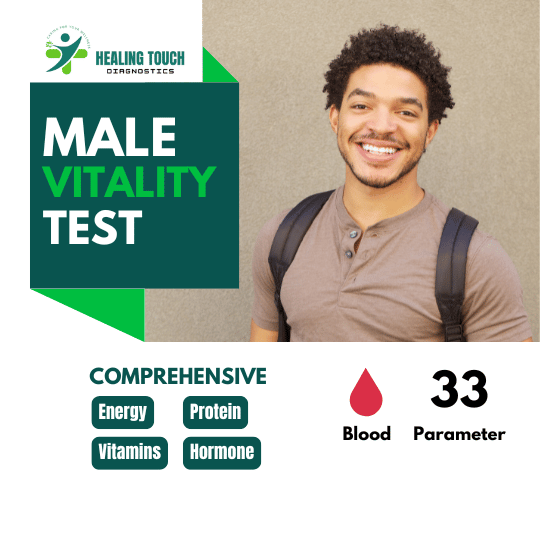-25%
-
 Comprehensive Test Range
Comprehensive Test Range
From basic screenings to advanced diagnostics, we provide a wide range of tests under one roof.
-
 State-of-the-Art Facilities
State-of-the-Art Facilities
We use the latest diagnostic technology to provide you with accurate and reliable results.
-
 Easy Slot Booking
Easy Slot Booking
Reserve your preferred time effortlessly through our online form
-
 Quick Results
Quick Results
















































































